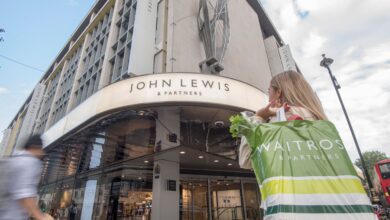Adapting to the new age of retail

Following the recent closures of large-scale retail chains such as William Hill, the question of the high street’s future is once again on everyone’s mind. While undoubtedly the face of the high street is changing, closures don’t represent the high street’s swan song, merely its growing pains.







